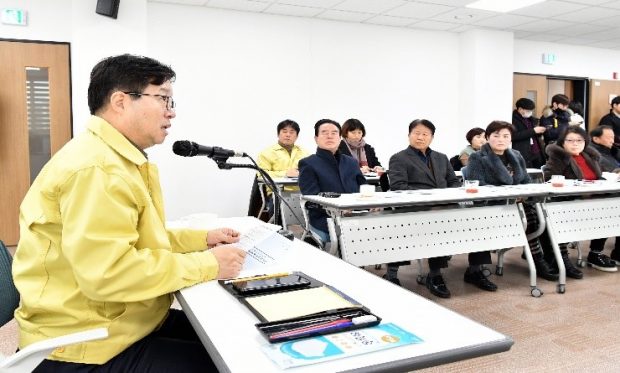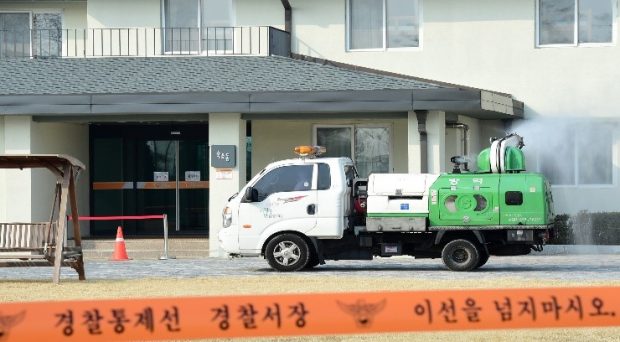
Suwon building robust standards in COVID-19 response

Suwon: South Korea, one of the first nations after China to be hit with a major coronavirus outbreak, sought to mitigate the spread of the disease and ensure the safety of its citizens and residents.
South Korea’s response system to the epidemic is considered the best model and Suwon, the biggest basic local government in the country, is leading the fight against COVID-19 with a preemptive and active response to the alarming situation.
The capital of Gyeonggi Province, for example, operated a Novel Coronavirus Disaster and Safety T/F even before there were any confirmed COVID-19 cases.
“In late January, there were a series of meetings at the Disaster and Safety Situation Room of Suwon City Hall attended by the mayor, first and second vice-mayors and general coordinating officers,” Kim Hye-jung, from Suwon City Hall, said.
“Special teams were set up for active COVID-19 response that included general support, infectious disease response, living safety support, administrative support and promotion support. There were also disinfection support, mask supply, epidemiological investigation, inbound travelers support, legal, and basic disaster income promotion.”
Major duties focused on COVID-19 response and emergency countermeasures management, creation and distribution of COVID-19 manuals and guidelines, reporting of special measures for vulnerable people, elderly, children among others, writing and distributing press releases, and PR activities, he added.
While the first confirmed COVID-19 case in Korea was registered on January 20, the first case in Suwon was on February 2.
“The city set up a temporary living facility and accommodated the contacts of COVID-19 confirmed and suspected cases in the self-quarantine facility (Suwon Youth Hostel) to contain the infection. The 32-room Suwon Youth Hostel assigned one room for each individual and dedicated one room for information and one room for medical staff. Individuals eligible to stay in the facility during the self-quarantine included family of confirmed cases and close contacts of confirmed cases and of suspected cases,” Kim said.
In order to reach an agreement , a meeting was held with with nearby residents on February 14 at the Seodun-dong Community Service Center.
“Three days later, a final check of the facility was conducted by the city hall, residents, and relevant parties. Users stayed in the facility during the self-quarantine period that lasted about 2 weeks.

During the stay, each individual had a private room. However, children aged 12 or less and people with disabilities could stay with another person. The individuals were given a body temperature check twice a day as well as a diagnostic test. There were regular disinfection and sanitization operations of the main entry, passages and the building, both internally and externally.”
Access by non-users and vehicles was strictly prohibited. Meals and daily necessities were provided and there was a regular disposal of waste.
“Availability of rooms was determined based on the applicant’s health condition and whether he or she needs to stay in the facility. The facility has until the end of March dealt with 49 people – 17 entered and 32 left,” Kim said.


